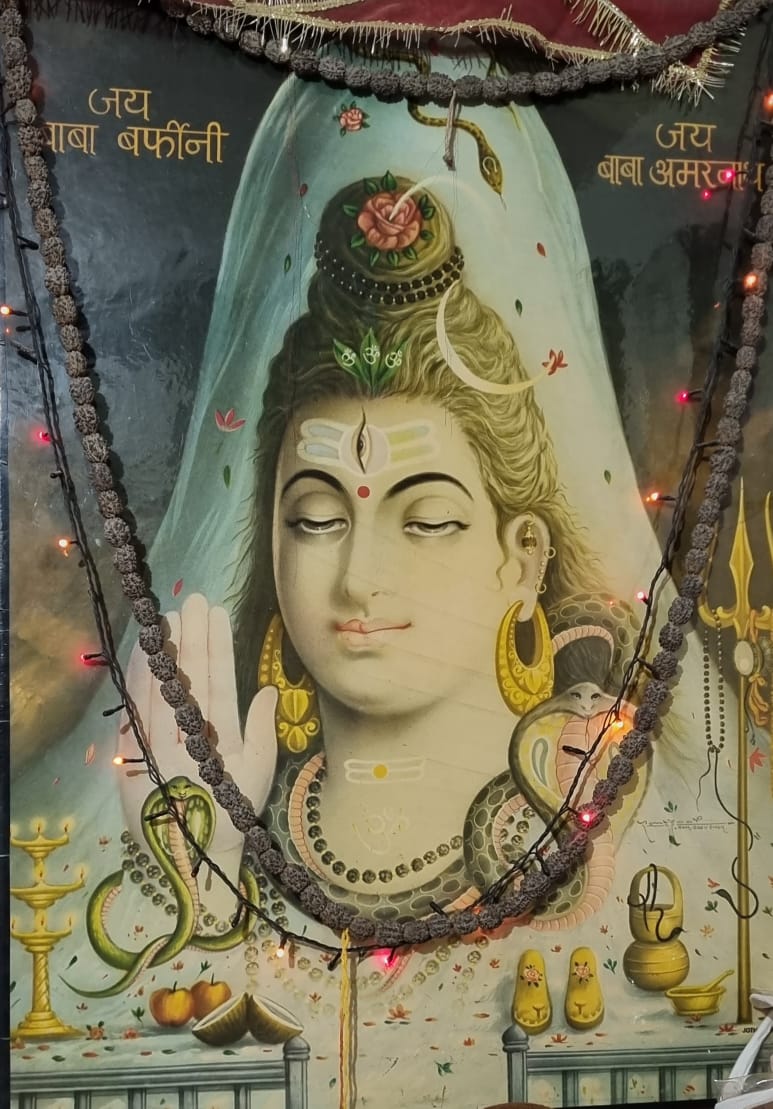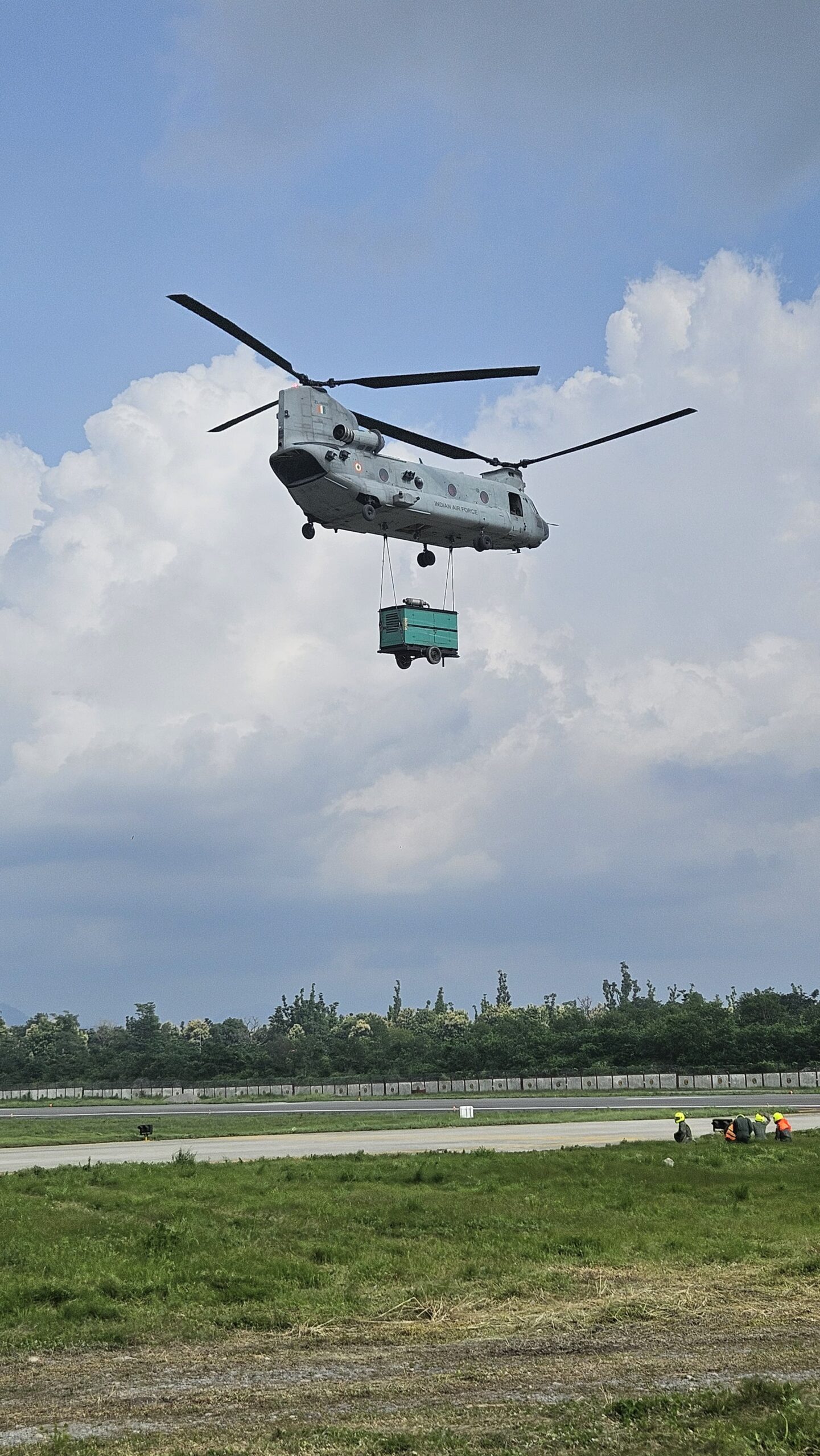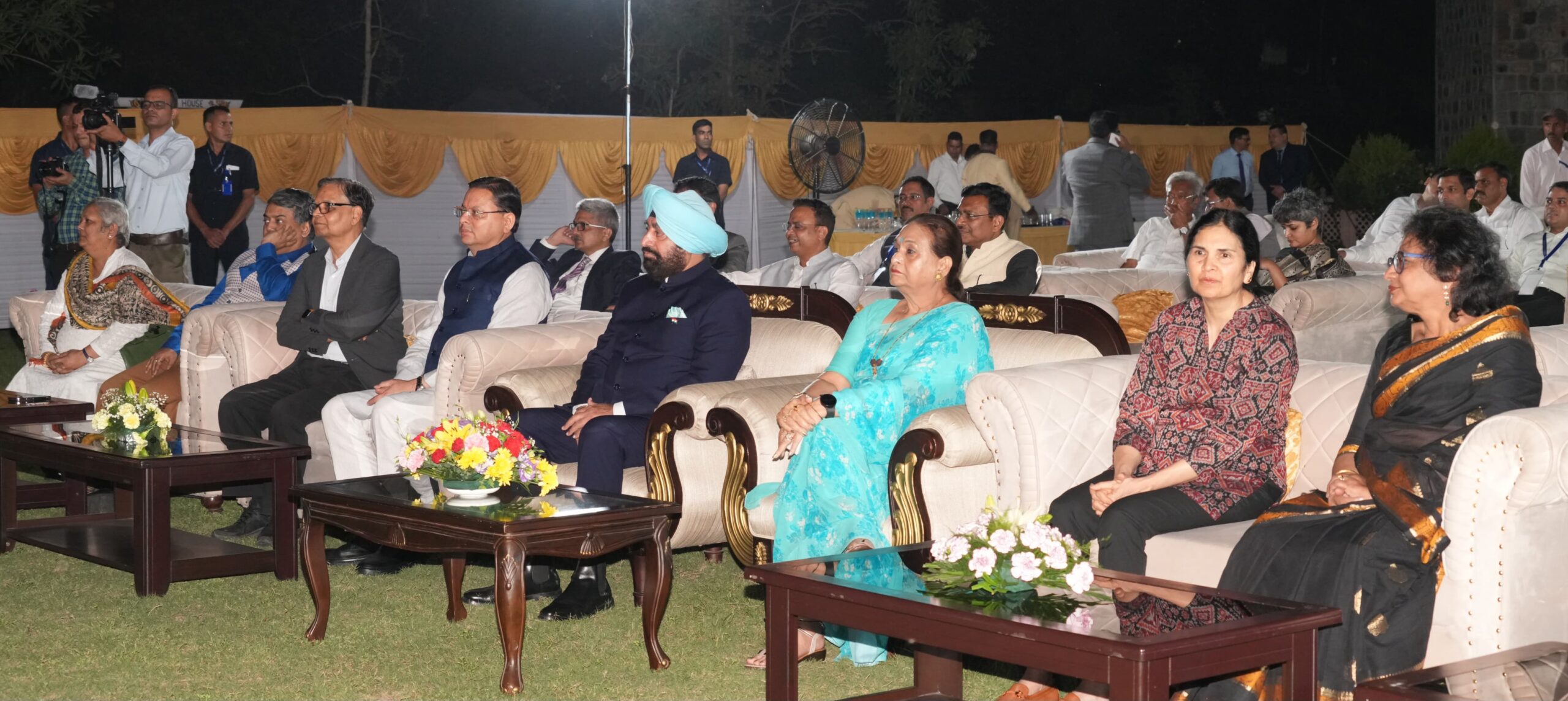Shivaratri is celebrated all over the India and across the globe. It falls on the 13th night of the dark fortnight, two nights before the new Moon, of the Hindu lunar month of Phalguna every year. As per English calendar it falls either in the end of February or in the beginning of March. This year it is going to be celebrated of 8 March, 2024. Maha Shivaratri means The Night of Shiva. In Sanskrit it is interpreted as The Great Night of Shiva.
Shivaratri, a night completely dedicated to Lord Shiva. This night holds profound significance for spiritual enlightenment and self-upliftment. It is a time when devotees of Lord Shiva keep on engaging themselves in various spiritual practices to attain higher consciousness and to connect with the divine. This auspicious occasion characterizes delving a little deeper in self and transform the energy.
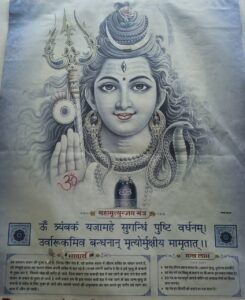
Shivaratri is celebrated with great passion and devotion by millions of devotees worldwide. The day typically involves fasting, prayers and meditation. Devotees stay awake throughout the night, engaging in continuous chanting of mantras and singing devotional songs. ‘Om Namah Shivay’ is the most popular and powerful Panchakshri Mantra of Lord Shiva, which devotees keep on chanting all the time on this occasion. One more mantra of Lord Shiva is Maha Mrityunjaya Mantra, which means – victory over death. This is the most powerful Maha Mantra. It is performed in formal way, like 1.25 lac times in continuous process. Which is called Anushthan. This mantra has the power to overcome any kind of fatal disease, darkest crisis (which is crept in someone’s life) or even death. Lord Shiva is also called Maha Kaal. It is an old saying – Kaal uska kya kre, jo bhakt of Maha Kaal ka.
Lord Shiva, one of the principal deities of Hindus, is regarded as the Supreme Being. The third eye of Lord Shiva, is said to be opened on this auspicious night. The third eye of Lord Shiva represents inner vision, awareness and extreme bliss. It signifies the awakening of higher perception and the ability to see beyond the materialistic world. The crescent moon on Shiva’s head is a symbol of passing of time. It emphasises that nothing is permanent in this world. Everything is subject to change, like time.
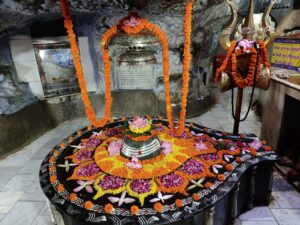
The Lingam, a symbolic representation of Lord Shiva, is bathed with Ganga Jal, i.e., holy water of sacred river Ganga. Devotees perform abhishek of Shiv Lingam with Panchamrit, a mixture of milk, curd, honey, ghee and Ganga Jal. They also offer Bili leaves (Bel Patras) and other auspicious substances to Shiv Lingam. It is said that Bel Patras are very dear to Lord Shiva.
According to Hindu mythology, Maha Shivaratri is observed to celebrate the divine union of Lord Shiva and his consort Maa Parvati. Lord Shiva married Maa Parvati for second time on this night. The festival is celebrated as The Night of Lord Shiva. Lord Shiva is the sign of Manhood, Purusha. Whereas, Maa Parvati signifies Nature, Shakti. The union of Shiva and Shakti promotes creation. On this occasion Lord Shiva performs the most popular Tandava, his divine dance.
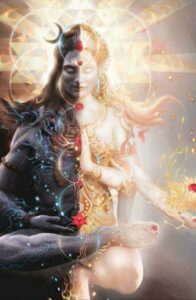
According to another belief – Maha Shivaratri is celebrated to say thanks to Lord Shiva by his devotees, including Maa Parvati (Let me clear here – Maa Parvati is the biggest devotee of Lord Shiva) for preserving the world from annihilation. It is said that during the churning of the ocean, large quantity of poison started coming out of the sea. It had the power to destroy the whole world completely. The Devas, present over there, in churning process, rushed to Maha Deva, Lord Shiva and requested Him to save the world from annihilation from to devasting effect of poison. Hence, Lord Shiva drank the whole poison and saved the world. It is also said that the poison came to a standstill in the throat of Mahadeva. Consequently, His throat turned blue. From that day onwards Lord Shiva is also called Neel Kanth Mahadeva.
Shivaratri stands as a timeless reminder of the potential for spiritual awakening within each individual. It is a night when the cosmic energies are exceptionally conducive to spiritual growth. With its rich symbolism, rituals and transformative energy this auspicious occasion serves as a powerful catalyst for spiritual enlightenment. Fasting during Shivaratri is not just physical discipline but a means to cleanse the mind and body. It is believed that abstaining from food and engaging in spiritual practices on this night can lead to profound spiritual experiences. Which opens the doors to higher states of consciousness.
 Inder Arora – Motivational Speaker
Inder Arora – Motivational Speaker
